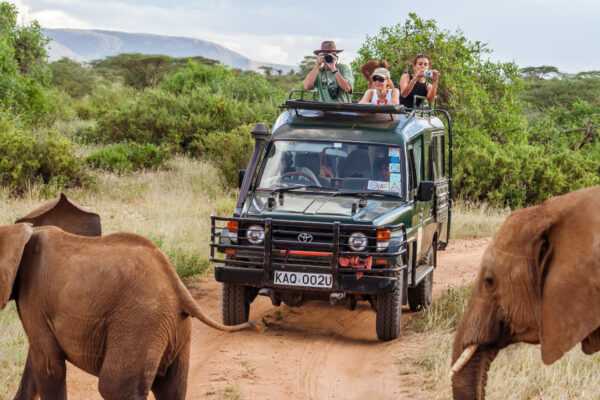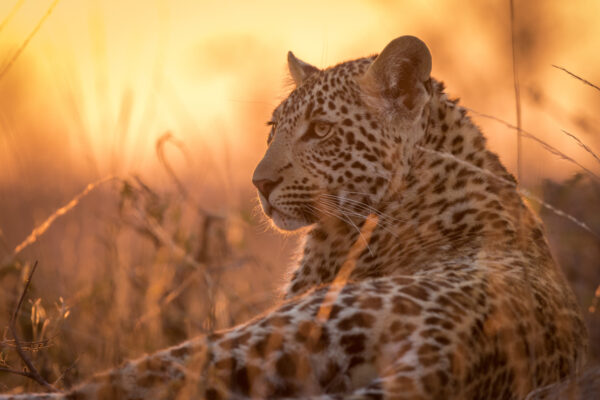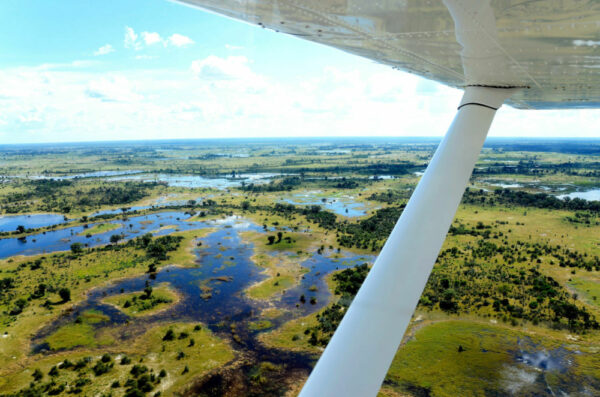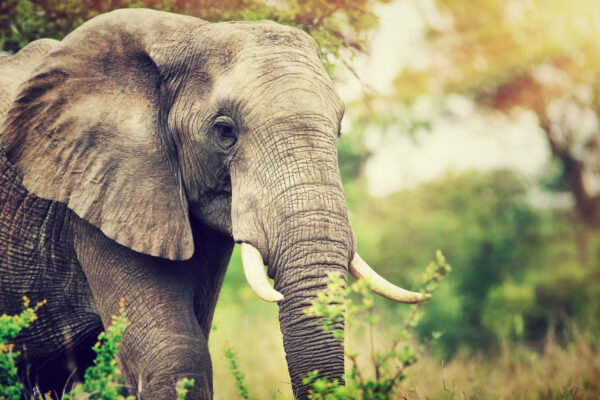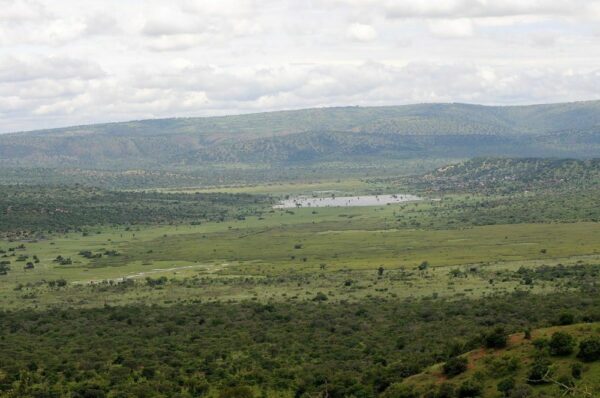Where To See The Big 5 In Africa
Where and how to see the Big 5 on safari in Africa
The "Big 5" safari beasts – lion, elephant, buffalo, leopard and rhino – were so named because they were the prize targets of colonial-era hunters.
Fortunately, modern safari has become a force for wildlife conservation not destruction, and today's safari-goer is more likely to be shooting with a camera than a rifle (aside from the many trophy hunting reserves, which we resolutely do not cover in this guide).
Although there is much more to Africa than safari, and there is much more to safari than the Big 5, we're under no illusions: any safari first timer will naturally be on the lookout for the continent's most famous megafauna.
Here's a rundown on the best places to see the Big 5 while on safari, along with a handful of locations not normally covered in the typical top 10 lists.
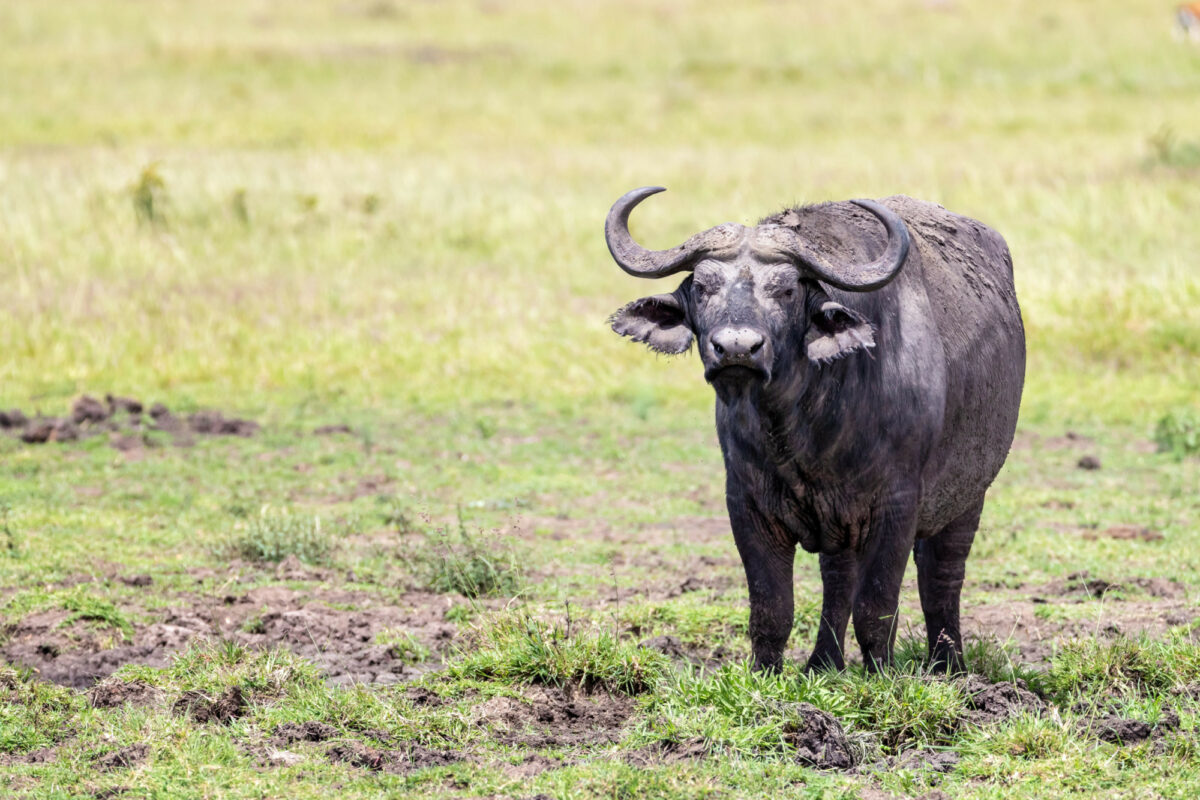
A cape buffalo in Kenya's Masai Mara
Most popular Big 5 safaris
Common and easy-access Big 5 safari locations
Much of Africa's safari industry is built around the popularity of the Big 5 and, accordingly, most of the best-known safari destinations are also prime Big 5 country. A visit to any of the following big hitters means easier access, wider price ranges, and generally better infrastructure. But it does mean you're likely to be sharing the watering hole with more than your own group.
Families, those on a tighter budget, and travellers with accessibility requirements might want to stop here. For a smattering of the lesser-known and more exclusive Big 5 safari locations, keep scrolling...
Masai Mara, Kenya
The very essence of an African safari landscape, the Masai Mara stretches along the Kenya-Tanzania border and forms the northern fringe of the greater Serengeti ecosystem (most of which is in Tanzania).
The sweeping grass plains of the Mara are home to the densest concentration of large mammals on the planet. This is the place to see large prides of black-manned lions, bellowing elephants, grumpy buffalo and a pick ‘n’ mix box of antelope and gazelles.
You can either stay in the reserve itself but by far the best areas to stay are in one of the 16 private conservancies that fringe the reserve proper.
The Mara is tiny in comparison to the neighbouring Serengeti National Park, and Kenya is by far the more popular safari destination, so it can feel busy during peak migration months.
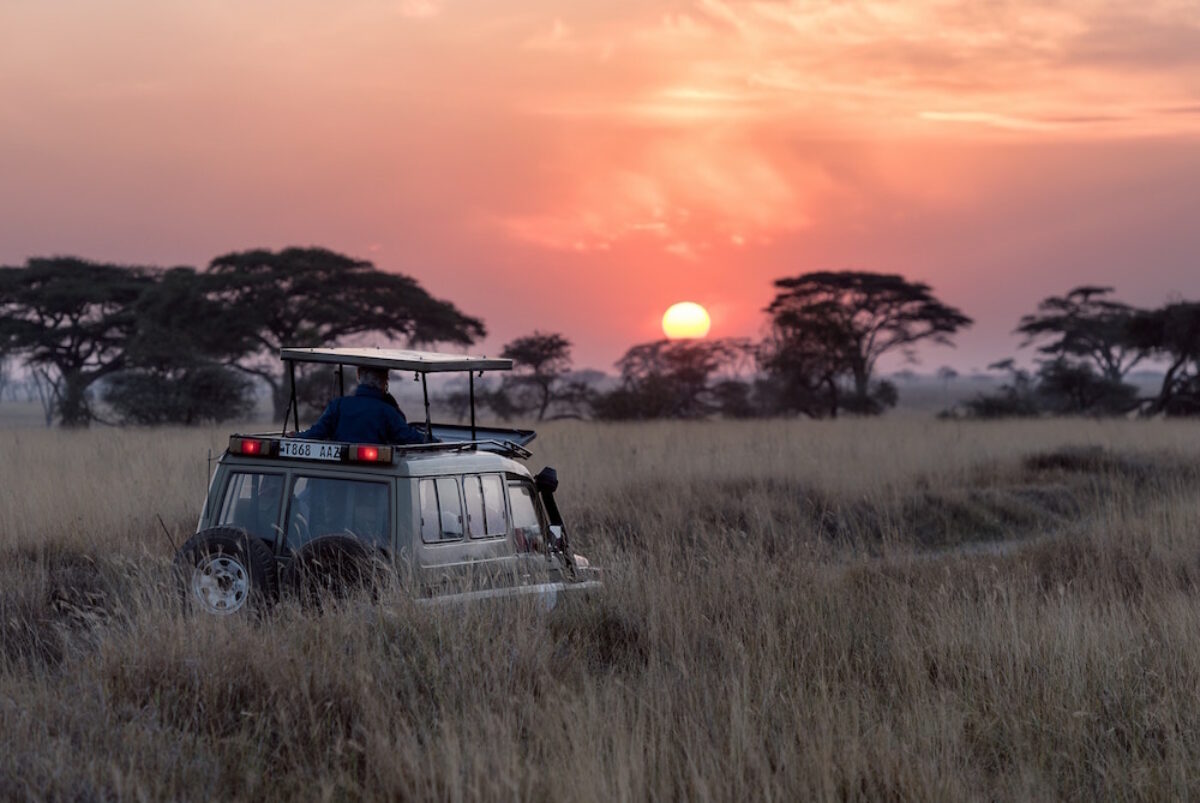
Sunset over the Serengeti
Serengeti National Park, Tanzania
The Serengeti is home to all the Big 5, although the rhino is rarer here and generally found in the park’s more northern reaches.
Tanzania's 12,000-square-mile big-ticket park is home to the great wildebeest migration and a healthy population of big cats: lions, leopards and cheetahs. During peak season— July and August—when the famous wildebeest river crossings coincide with northern hemisphere summer holidays, the park can be very busy.
There are four main regions in the Serengeti; the Western Corridor, the Seronera Valley, Lobo/Kogatende in the north, and the Southern Plains.
There are several private reserves in the Serengeti that offer the same wildlife experience but without the crowds—such as the Grumeti Reserve—but you’ll have to pay top dollar to stay there.
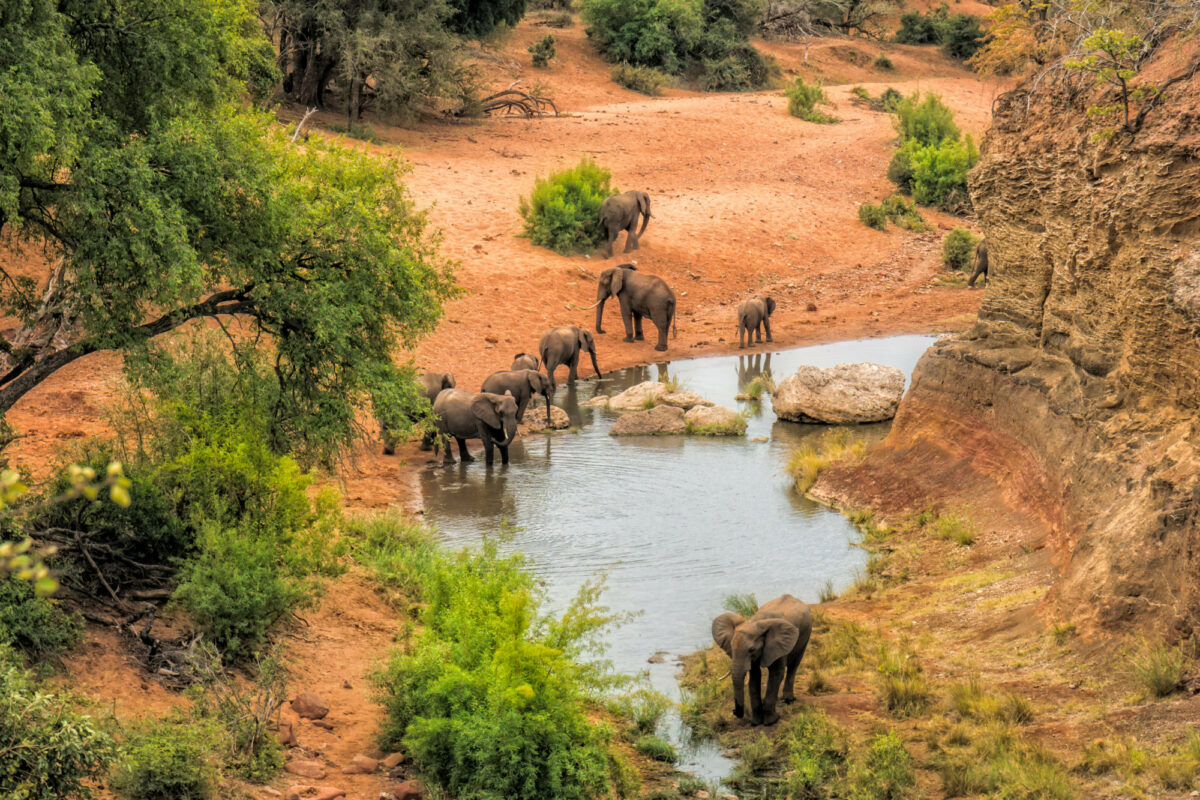
Elephants in Kruger National Park
Kruger National Park, South Africa
The showpiece of South African tourism, Kruger National Park is one of the world’s most famous protected areas, and for good reason.
One of the great parks of Africa, Kruger and the surrounding private reserves are home to all of southern Africa’s iconic mammal species including the famed Big 5 — buffalo, elephant, lion, leopard and rhino. This is also a great park for giraffe, zebra, cheetah and even wild dogs. The sheer quantity of animals seen on a safari trip here can be mind-boggling.
For the ultimate in Kruger adventures, try a short bush walk led by an expert walking safari guide in one of the private reserves or, for something even more thrilling, set out to hike one of the multi-day wilderness trails established by park authorities.
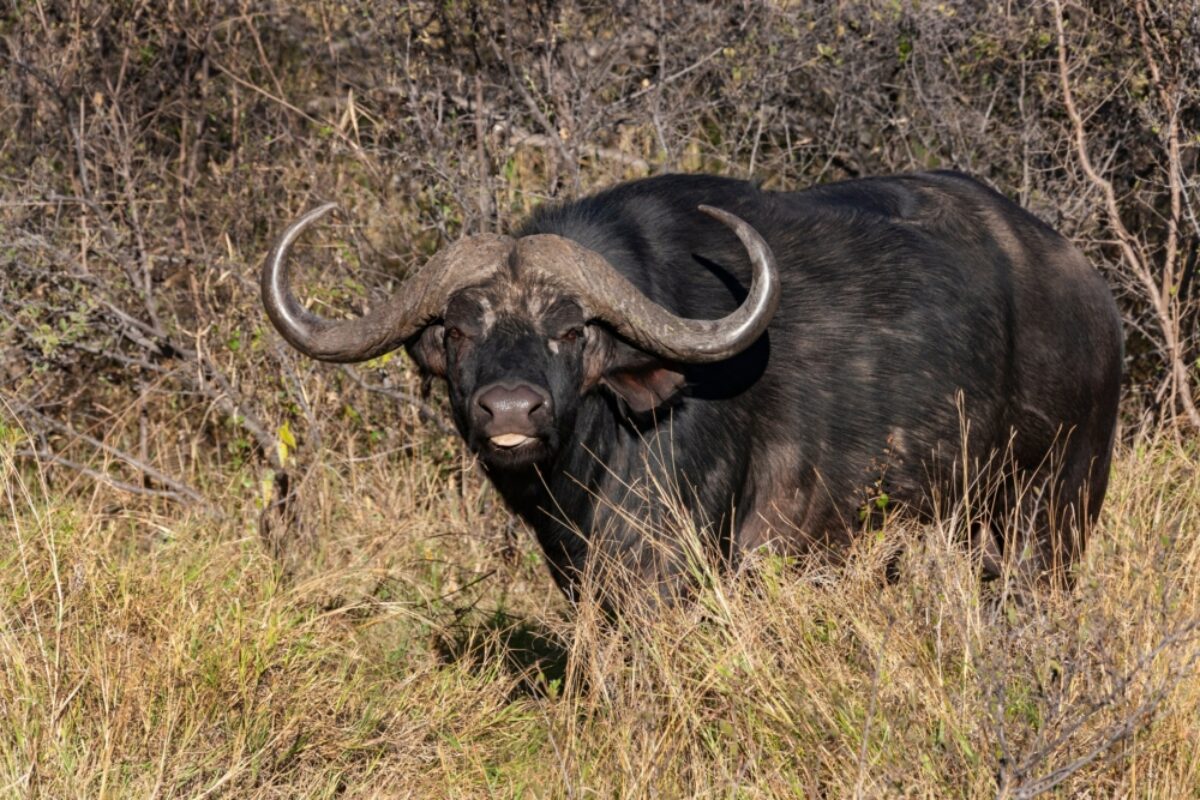
Buffalo in Botswana's Okavango Delta
Okavango Delta, Botswana
World-renowned as a mecca for wildlife, this year-round watery paradise is sustained by rainfall in the Angolan highlands which arrives in the form of an annual flood just as natural rain-filled pans are beginning to dry out.
All the Big 5 can be found here, mingling with legions of zebra, wildebeest and antelope. This is one of the best places in Africa to spot endangered wild dogs and the pools and channels are home to gargantuan crocodiles and chortling hippos.
The 16,000 square-kilometre wilderness is divided into a number of fenceless private concessions which surround the publicly accessible Moremi Game Reserve and its neighbour, Khwai Community Concession. The game can move freely throughout (and even outside) the Okavango Delta.
read more
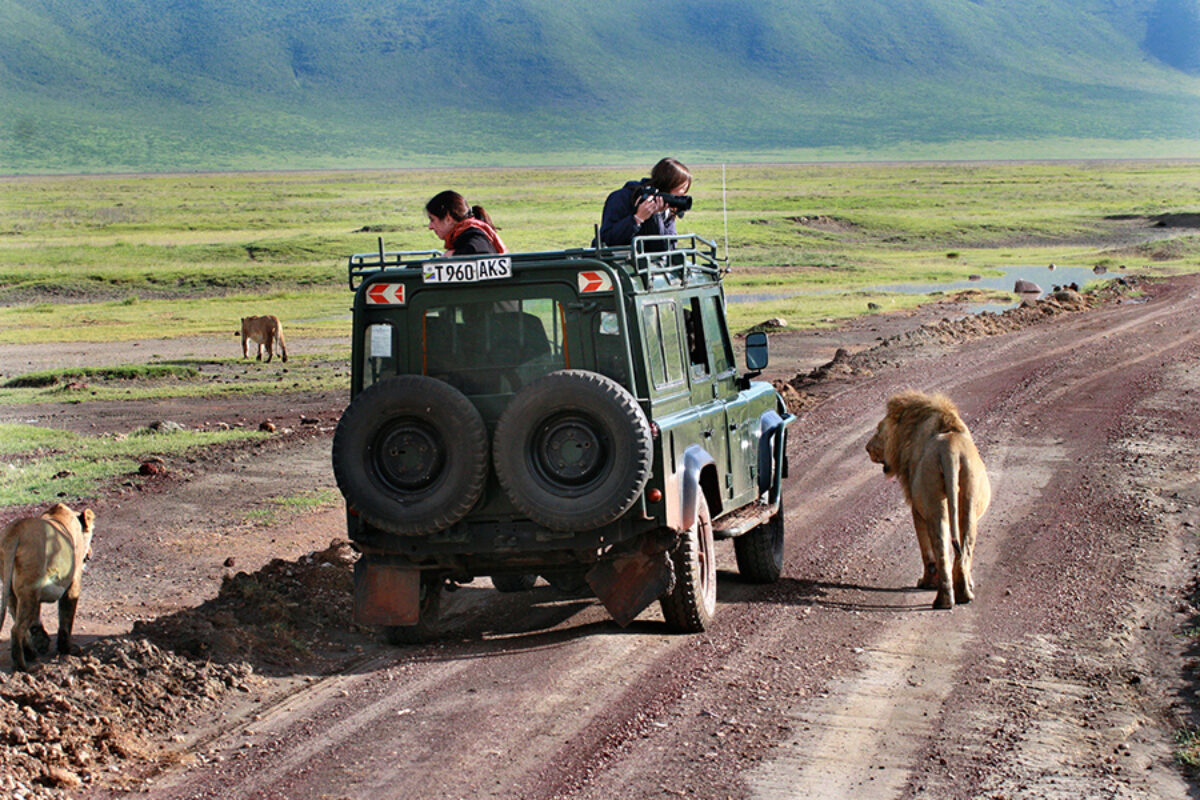
Game drives in Tanzania's Ngorongoro Crater
Ngorongoro Crater, Tanzania
Thought to be the world’s largest inactive, intact volcanic caldera that isn’t filled with water, Tanzania's Ngorongoro Crater is home to an estimated 25,000 large animals, including elephants, giraffes, lions and black rhinos.
It's a year-round location for wildlife, although the crater gets crowded during peak months.
There are no camps inside the crater, but some perch up on the rim, with incredible views. It’s also possible to stay further out in the wider Ngorongoro Conservation Area and do a day-trip into the crater. Look for accommodation close to the access road to maximise your time.
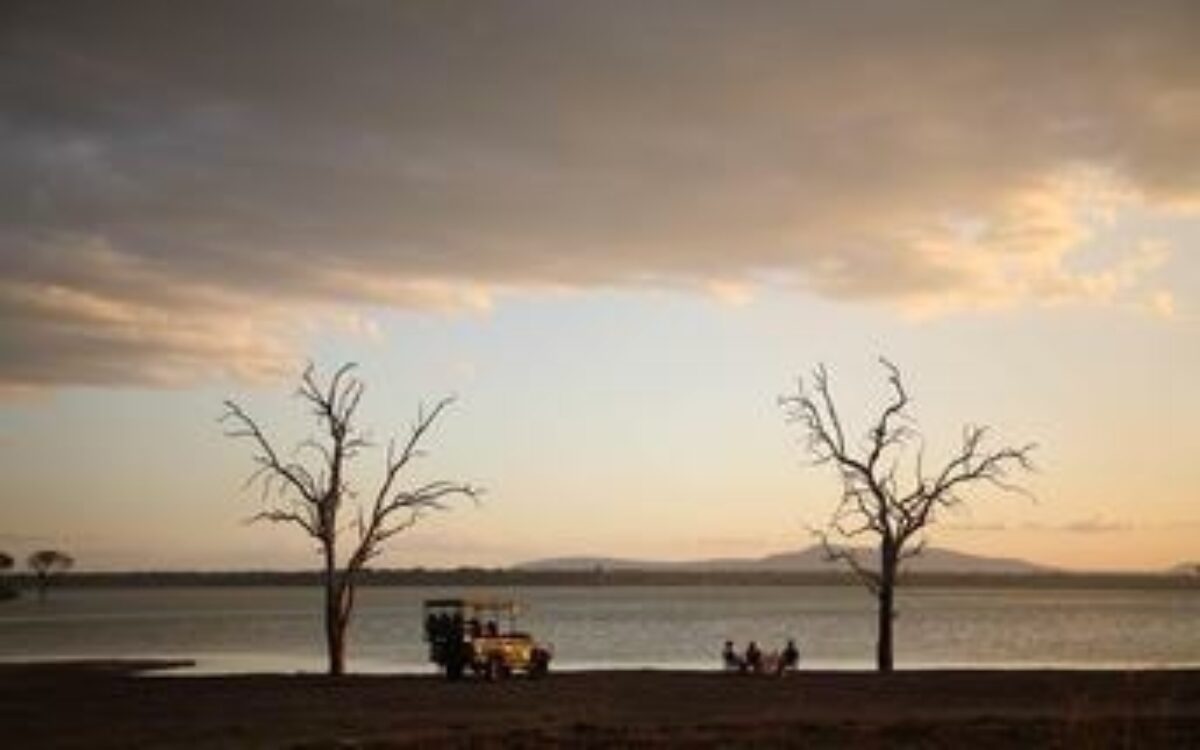
Selous Game Reserve, Tanzania
Lesser-known Big 5 safaris
Where to see the Big 5 minus the crowds
If you're prepared to travel further – and pay more – there are still a number of Big 5 safari destinations that pull a fraction of the crowds as the previous hot spots.
Selous Game Reserve, Tanzania
The Selous Game Reserve is one of the largest protected areas in Africa at 19,000 square miles – bigger than Switzerland. With only a few camps, it feels far more remote than Tanzania's more popular Northern Circuit.
As well as lions, leopards, elephants, black rhinos, hippos and buffalos, the Selous is a key area for endangered wild dogs. Poaching has led to a massive decline in species such as elephants – so although there are many animals to see, they’re not as densely populated as in the Serengeti, for example.
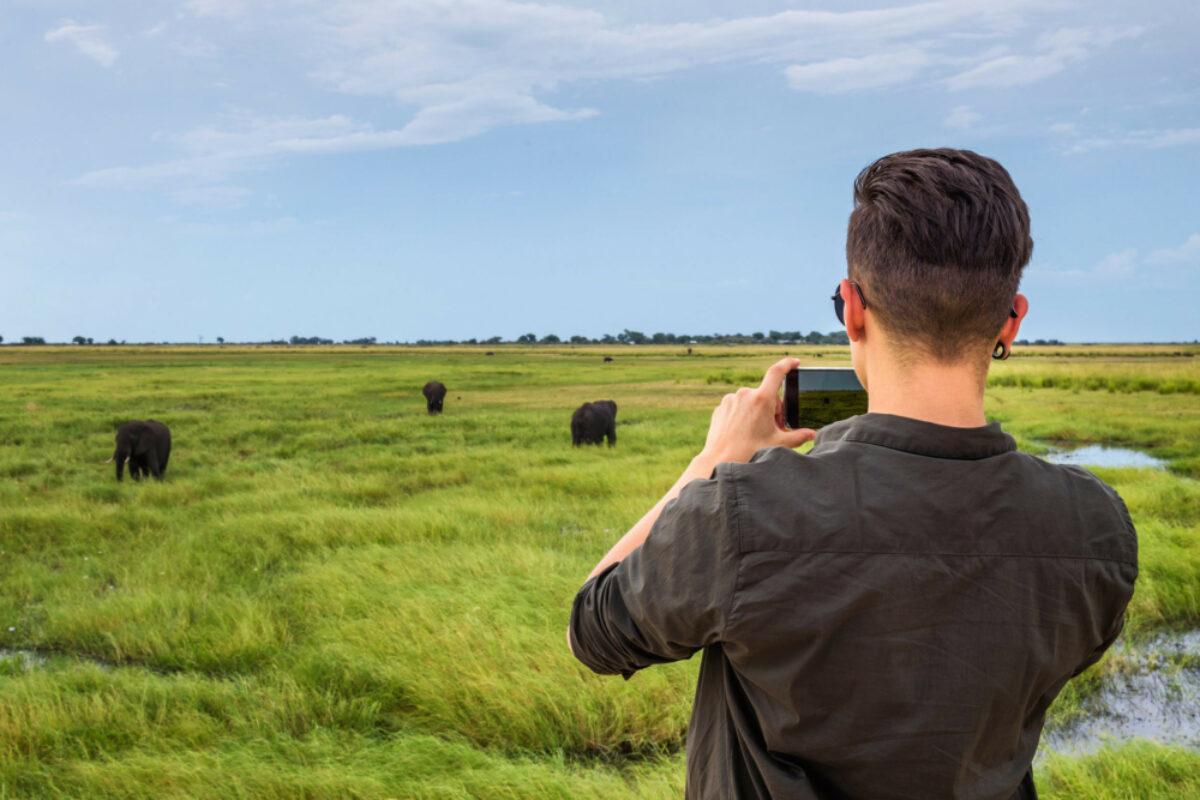
Elephants in Chobe National Park, Botswana
Chobe National Park, Botswana
Nestled in Botswana’s north-eastern corner, Chobe National Park incorporates two distinct regions: Chobe Riverfront (close to the Zimbabwe and Zambia borders), famous for its large elephant herds; and Savute (in the west), where a juxtaposition of contrasting habitats and handful of pumped waterholes sustain a melting pot of species.
Game-viewing on the permanent Chobe river is best during the dry season, when elephants and buffalo regularly swim across the broad waterway to feed on the lush islands – the sight of a herd of submerged elephants using their trunks as snorkels is unforgettable.
In Savute the wildlife-viewing is good year-round. In the dry season belligerent elephant bulls crowd the waterholes while migrating zebra herds arrive during the rains. With plentiful populations of lion, leopard, hyena and wild dog, it is also renowned for its predator interaction.
read more
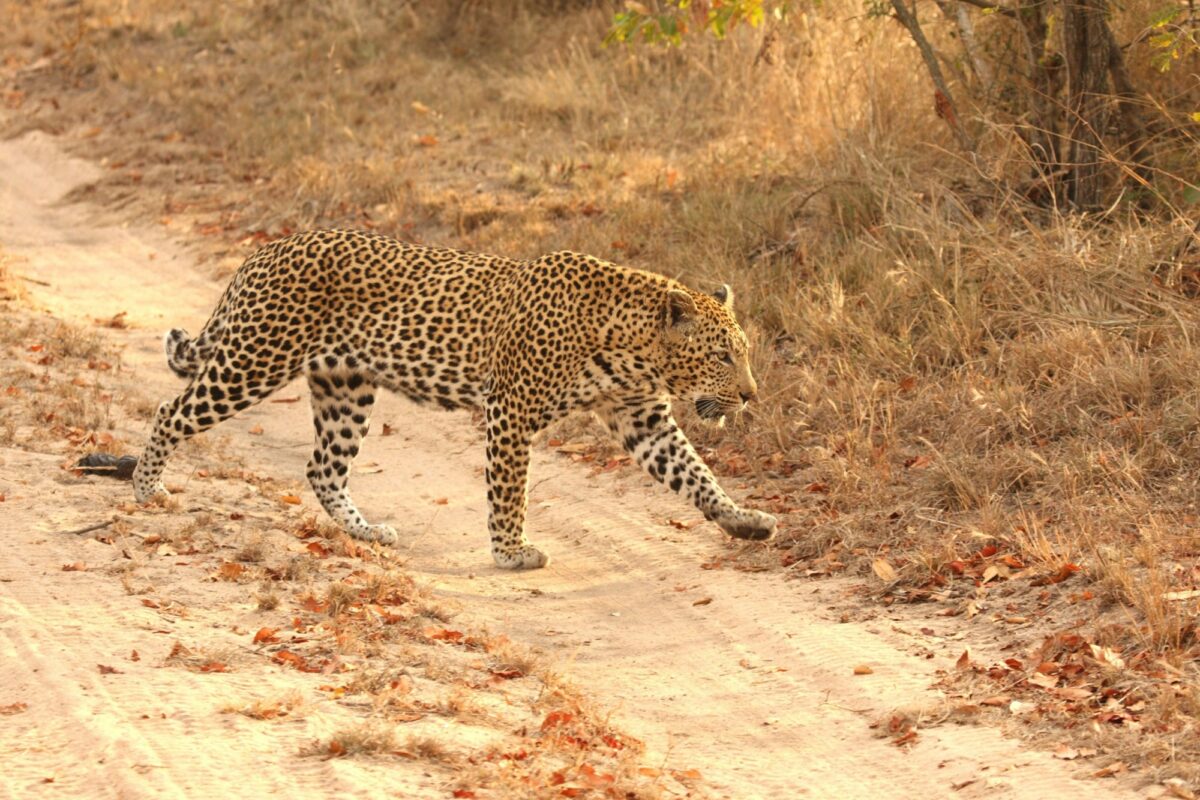
Leopard in Sabi Sands Game Reserve, South Africa
Sabi Sands Game Reserve, South Africa
A place of superlatives, Sabi Sands Game Reserve is in effect a continuation of the massive Kruger National Park, but by anyone’s standards Sabi Sands is no mere Kruger add-on.
This 65,000 hectare reserve is, in many respects, the finest chunk of wildlife-filled wilderness in southern Africa. The choice safari destination in South Africa for the wealthy, Sabi Sands is actually a grouping of smaller private reserves rather than one single entity. And these reserves restrict visitor numbers to the lucky few guests staying at a handful of small and intimate camps.
Elephant and lion are commonly seen as are big herds of buffalo. Rhinos are present, but are generally the hardest of the Big 5 to track down. Less common, but still seen with some frequency are wild dogs.
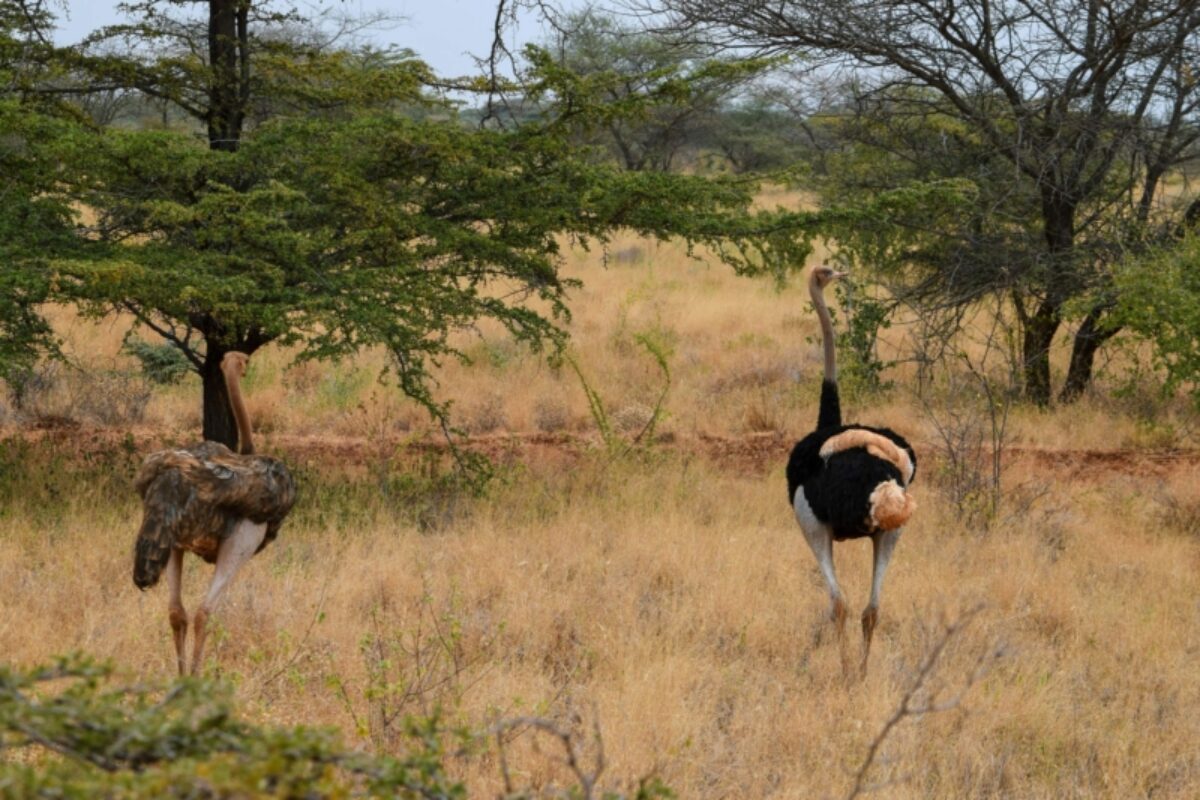
Meru National Park, Kenya
Meru National Park, Kenya
Meru is a park to take slowly and savour every peaceful moment. Of all Kenya's main parks and reserves, Meru is by far the least visited and this means that very often you might have this huge tract of wildlife-filled Africa almost completely to yourself.
There’s a lot of variety in this park including all of the famed Big 5 (though actually finding a leopard among the often dense vegetation can be a real challenge). Lions are seen with increasing frequency, as are cheetahs and there are sizable elephant herds. There are also around 40 rhinos (both black and white).
But the animal the park is most known for are buffalo. There are huge numbers of these grumpy, dangerous cattle, with the biggest herds anywhere in Kenya.
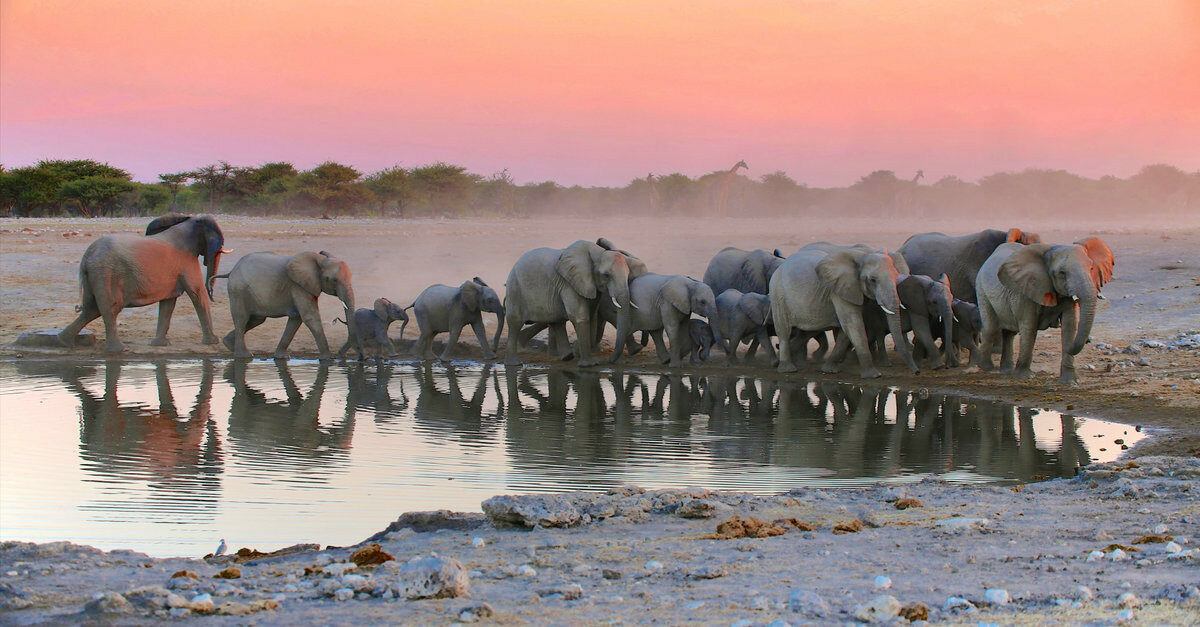
Elephants at the waterhole in Etosha National Park, Namibia
Etosha National Park, Namibia
A world away from the grassy savannah of Africa's classic safari destinations, the dunes and salt pans of Etosha National Park present a starkly different safari experience, and one that draws far fewer crowds. Etosha is home to all the Big 5 minus the buffalo, which can be seen in neighbouring Waterberg Plateau Park.
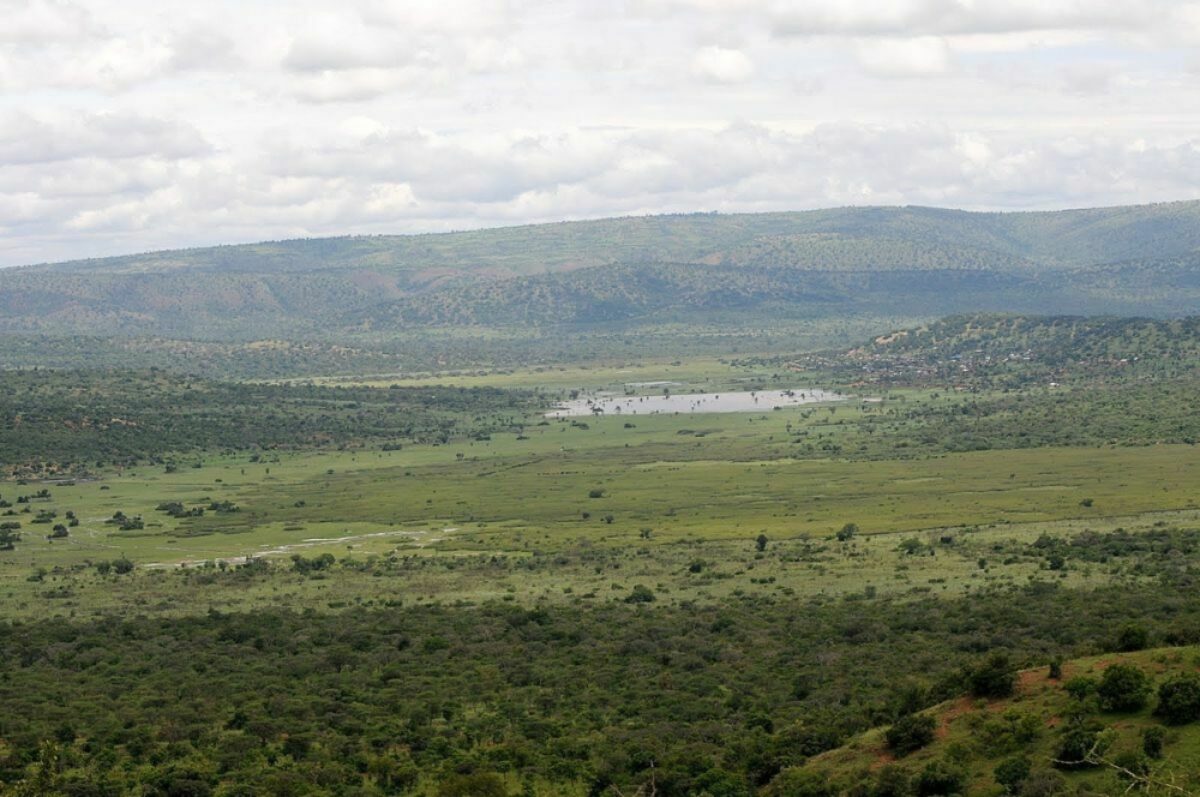
Rwanda's Akagera National Park
Akagera National Park, Rwanda
Although gorilla trekking in Volcanoes National Park is the main show in Rwanda, this tiny country has a number of other national parks that can be tacked onto a gorilla trek. Akagera National Park may be small but has enough wildlife to warrant a visit. Over the last few years, white rhinos and lions have been reintroduced and the lions are breeding successfully. Visitors may also spot leopards, elephants, buffalo, along with numerous species of antelope and a healthy population of grey-crowned cranes.

